Guidance for Shelter Volunteers - Best Practices for Preventing Spread of COVID-19
ID
FST-381-8NP
BEST PRACTICES

Wear face coverings at all times
- Wash hands or use hand sanitizer before touching your face.
- Wash clothing and cloth face coverings worn daily in the warmest water possible for the fabric, and dry on the highest heat setting possible.
- If you develop symptoms of COVID-19 (fever, cough, shortness of breath, new loss of taste or smell) or if you are identified as a close contact to a positive case, seek medical care and contact the local health department.
- Do not report to shelter if you have a fever (100.4°F or above), cough, vomiting or diarrhea.
PROTECTING RESIDENTS
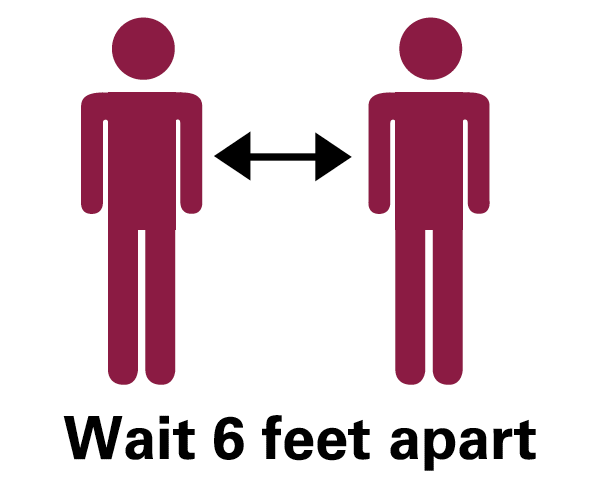
- Limit close contact with other volunteers, staff, and residents to less than 15 total minutes and keep physical distance of at least 6 feet.
- Limit shared items among residents such as pens, toys or other personal items.
- Disable water fountains for direct drinking, and allow for use only for water bottle filling.
- Regularly disinfect high-touch surfaces such as tables, door handles, bathroom faucets, handrails, etc.
- Clean any visibly soiled surfaces with soap and water before disinfecting.
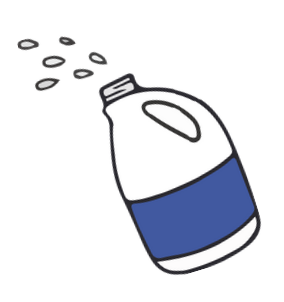
- CDC is recommending use of household bleach or disinfectants on the EPA list: go.ncsu.edu/epacovid-19
- Prepare a bleach solution, mix:
- 5 tablespoons (1/3 cup) bleach per gallon of water
- 4 teaspoons bleach per quart of water
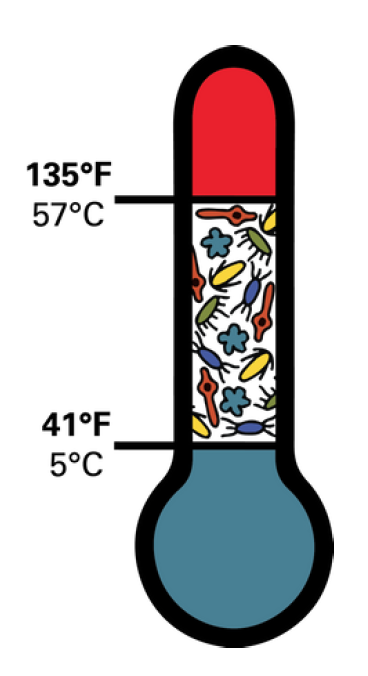
- Do not touch ice or opened food products with bare hands and instead use gloves and other utensils.
- Keep food out of temperature danger zone, which is between 41°F and 135°F.
- If individually plated meals are served, make sure they are eaten or thrown away within 4 hours.
- When receiving food, check temperature with a digital, thin probe thermometer.
- Hot foods should be at or above 135°F and cold at or below 41°F.
- If foods are received with a discard time, be sure to use and throw away accordingly.
HOW TO WASH HANDS
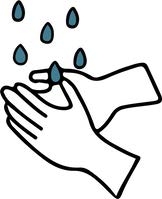
1. Wet your hands with clean, running water
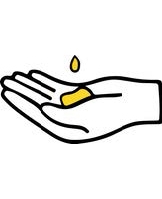
2. Apply soap
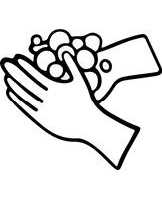
3. Lather and scrub your hands for at least 20 seconds
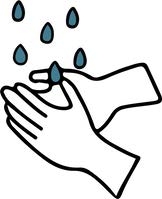
4. Rinse your hands well under clean, running wate
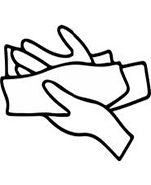
5. Dry your hands using a clean towel or air dry them
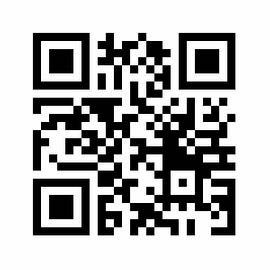
Stay informed: ext.vt.edu/covid-19updates
Updated August 26, 2020


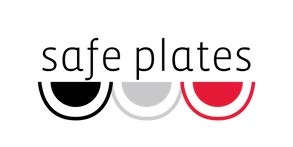
Virginia Cooperative Extension materials are available for public use, reprint, or citation without further permission, provided the use includes credit to the author and to Virginia Cooperative Extension, Virginia Tech, and Virginia State University.
Virginia Cooperative Extension is a partnership of Virginia Tech, Virginia State University, the U.S. Department of Agriculture (USDA), and local governments, and is an equal opportunity employer. For the full non-discrimination statement, please visit ext.vt.edu/accessibility.
Publication Date
September 9, 2020



